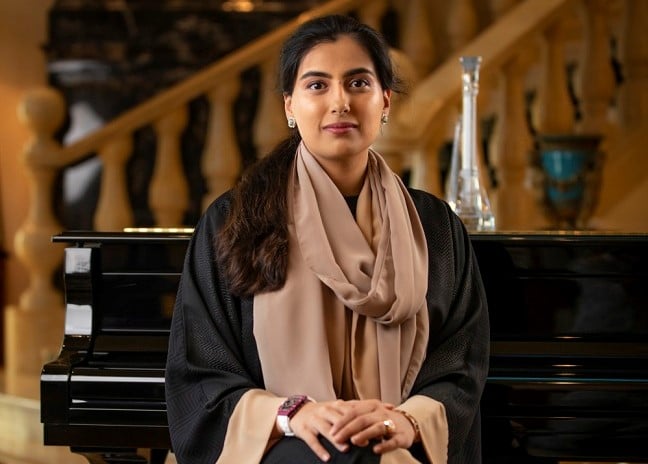The GCC has successfully established itself as a global hub for sustainable development and practices. Our region is home to several initiatives and projects focused on aiding the fight against climate change, such as the UAE Net Zero strategic initiative, which is currently on track to achieve its goals by the year 2050.
The Saudi Green Initiative, also linked to the Middle East Green Initiative, sets out several engineering and innovative solutions to help combat global warming and aims to cement the kingdom’s position as an international leader in sustainability. Furthermore, Qatar’s National Vision 2030 seeks to address challenges facing the country, including environmental management. I’m proud to be able to list the ways that our region is making these significant steps toward supporting a more sustainable future.
It’s easy to see that we are well-prepared for a green future and are increasingly in touch with our environmental responsibility. The use of clean energy and sustainable practices is thankfully becoming more commonplace across multiple sectors, but there are certain markets that, in my opinion, require a more significant push.
For example, our real estate market, is very healthy, improving its green credentials, and will never lack investment or interest, but the construction industry is responsible for almost 40% of global carbon emissions – far too high by anyone’s standards. I’m sure I’m not alone in recognizing that building more sustainably is an absolute necessity, not only in the Gulf but also in other regions as well.
To this end, property developers in the GCC are currently working to achieve more environmentally friendly practices. But what exactly are they doing?
There are currently 30 real estate mega projects in the GCC, and thankfully, all of them are in place to find new sources of growth, become more innovative, improve environmental sustainability, and showcase the region’s culture, heritage, and history. These projects have a US$1 trillion investment from countries in the GCC, which, of course, highlights our region’s commitment to sustainability in the property development sector and beyond.
Another project that I think holds great promise for the sustainable future of our nation is the Dubai 2040 Urban Master Plan, developed to help maximize the country’s resources. The plan focuses on sustainable development while enhancing the quality of life for citizens, residents, and visitors. It integrates all urban development plans in the emirate and aligns them with Dubai’s strategic economic priorities, such as increasing green areas, providing ecological mobility, and enhancing environmental sustainability.
What’s more, the future looks set to introduce several more green financing initiatives, which will aid the road to sustainable enhancements from developers, allowing them to assess their operations and consider what can be done to help further our region’s green credentials.
These initiatives also coincide with current sustainable development practices that are helping to accelerate progress within the sector. The use of solar roof technologies, for example, is a simple but effective adaptation that can help to save property developments up to 28% of energy output. The Middle East is already utilizing this technology effectively and, as home to the world’s largest solar park, I predict that the UAE could easily become a world leader in the application of this technology.
At DAMAC, we are also working on several sustainable practices within our property developments, as we understand how important it is to help drive the sector’s green targets. We are committed to educating our employees on our sustainability efforts. For example, we have installed free-of-charge green charger stations at DAMAC Hills 2, and are planning to install more. We also use LED solar lighting for the streets, a water recycling system, and low-flow fixtures, which help reduce water consumption.
So, is property development becoming more sustainable in our region? The number of initiatives currently in place certainly suggests yes. Our nation is making rapid progress with an array of solutions aimed at reducing energy and water consumption. But, as with any period of positive change, more can always be done to meet the end goal. It is one thing to implement sustainable practices at a development level, but without the adoption of behavioral change on an individual basis, I feel we will be merely paying lip service to the green agenda.
I believe that, alongside the changes already implemented, we need to look more closely at our behaviors. Making more sustainable and eco-friendly choices in our daily lives will play a vital role in how quickly our nation achieves its decarbonization aims.








